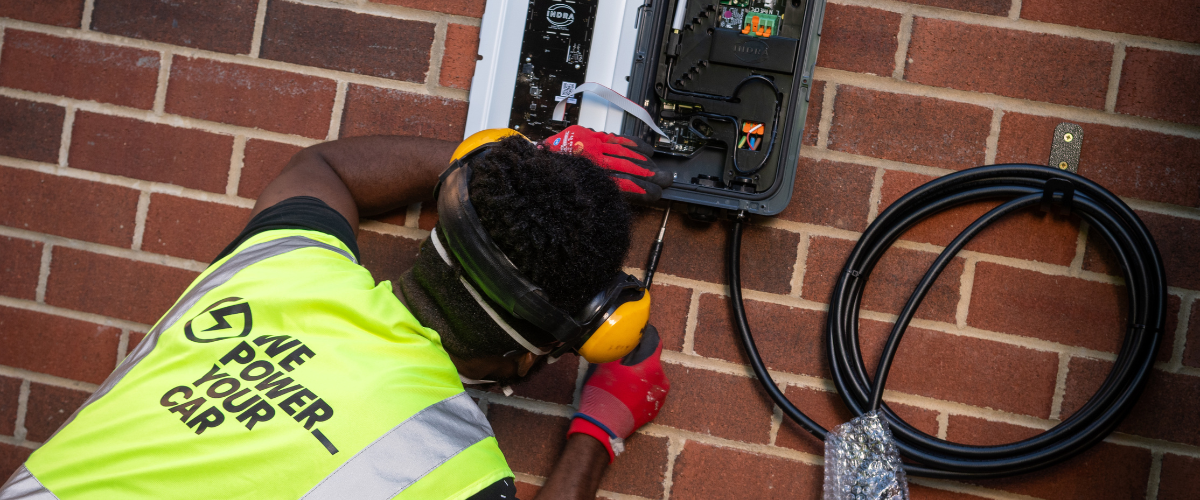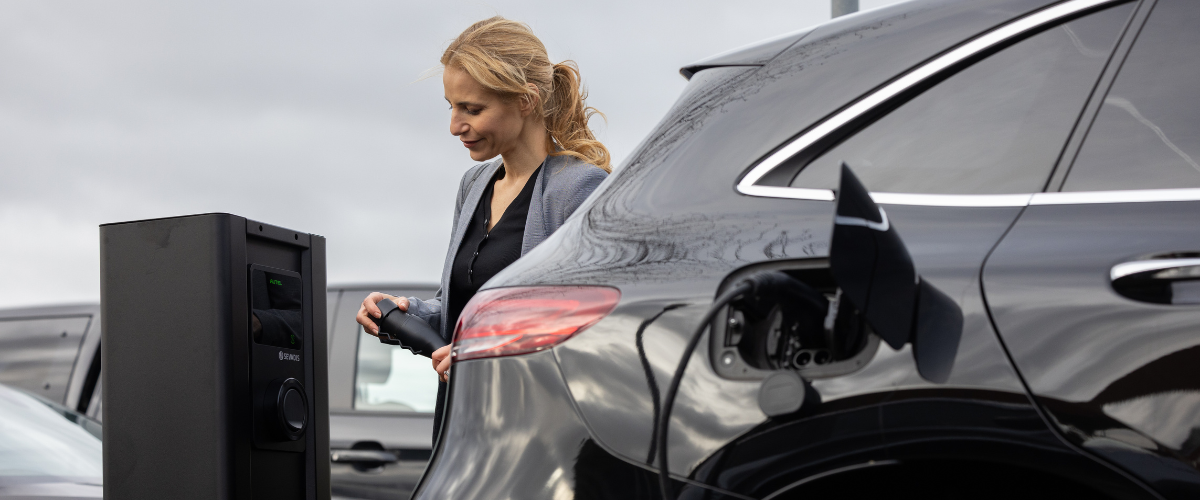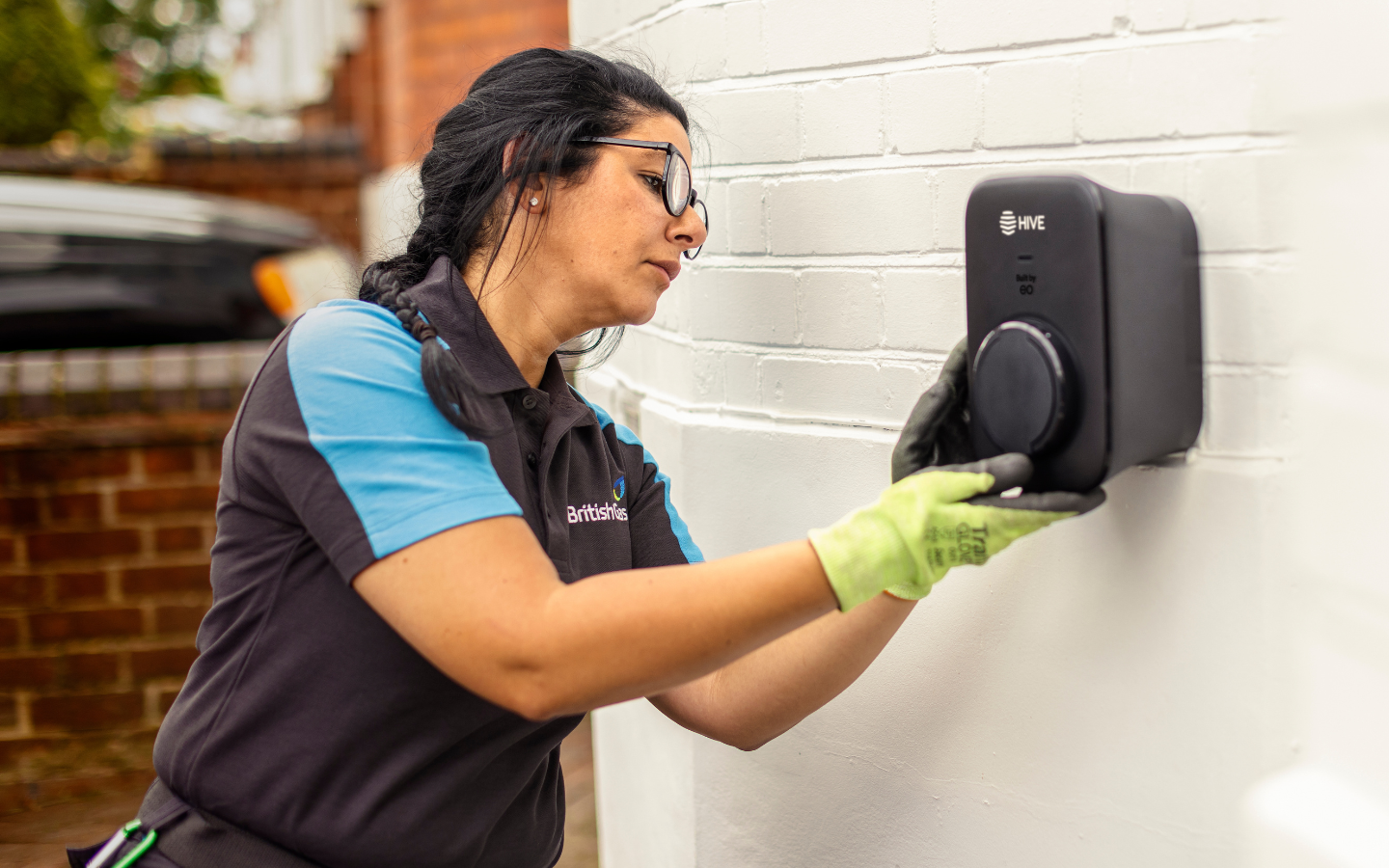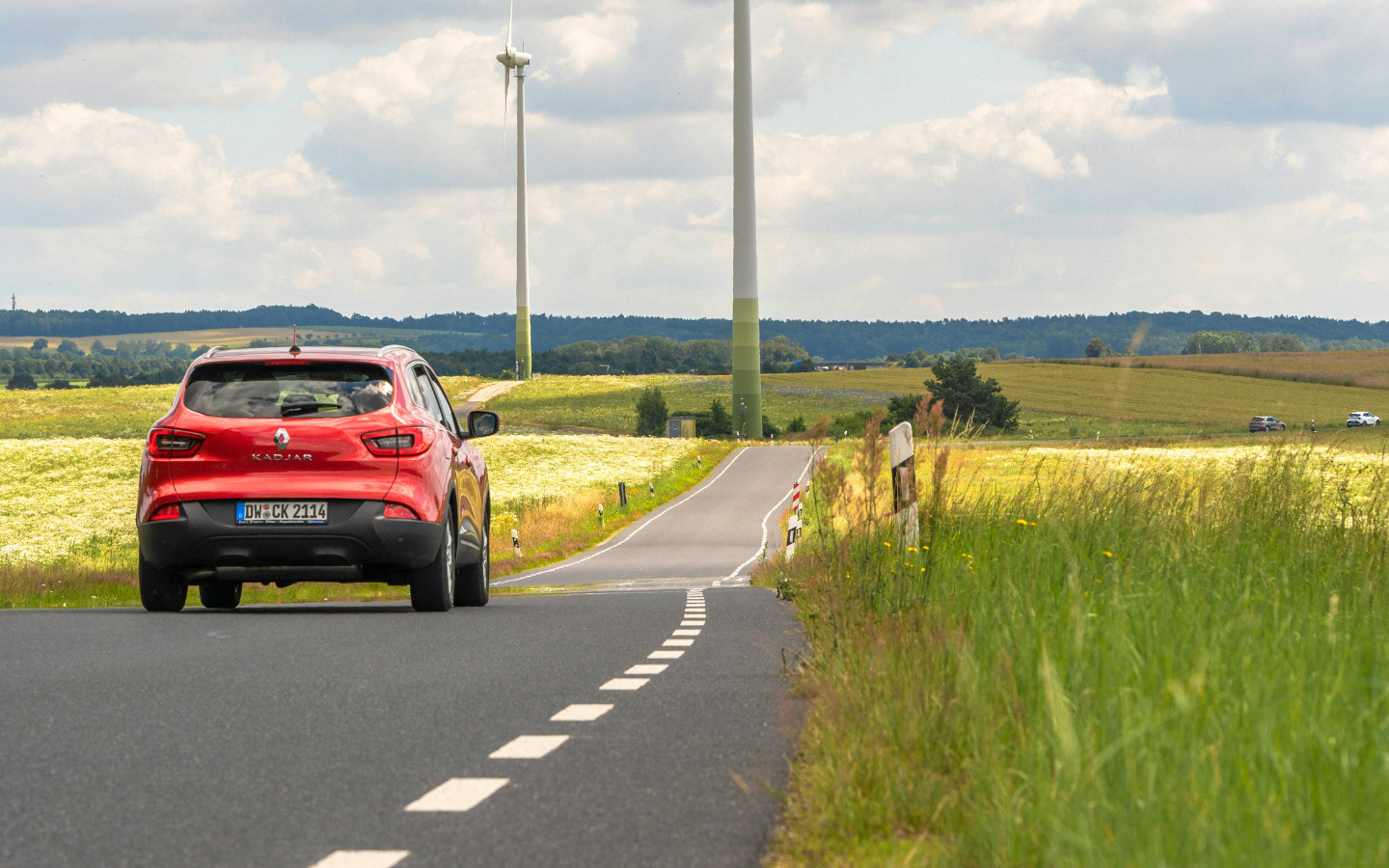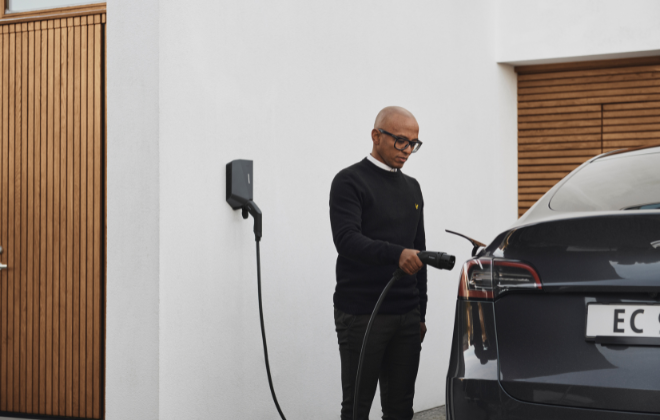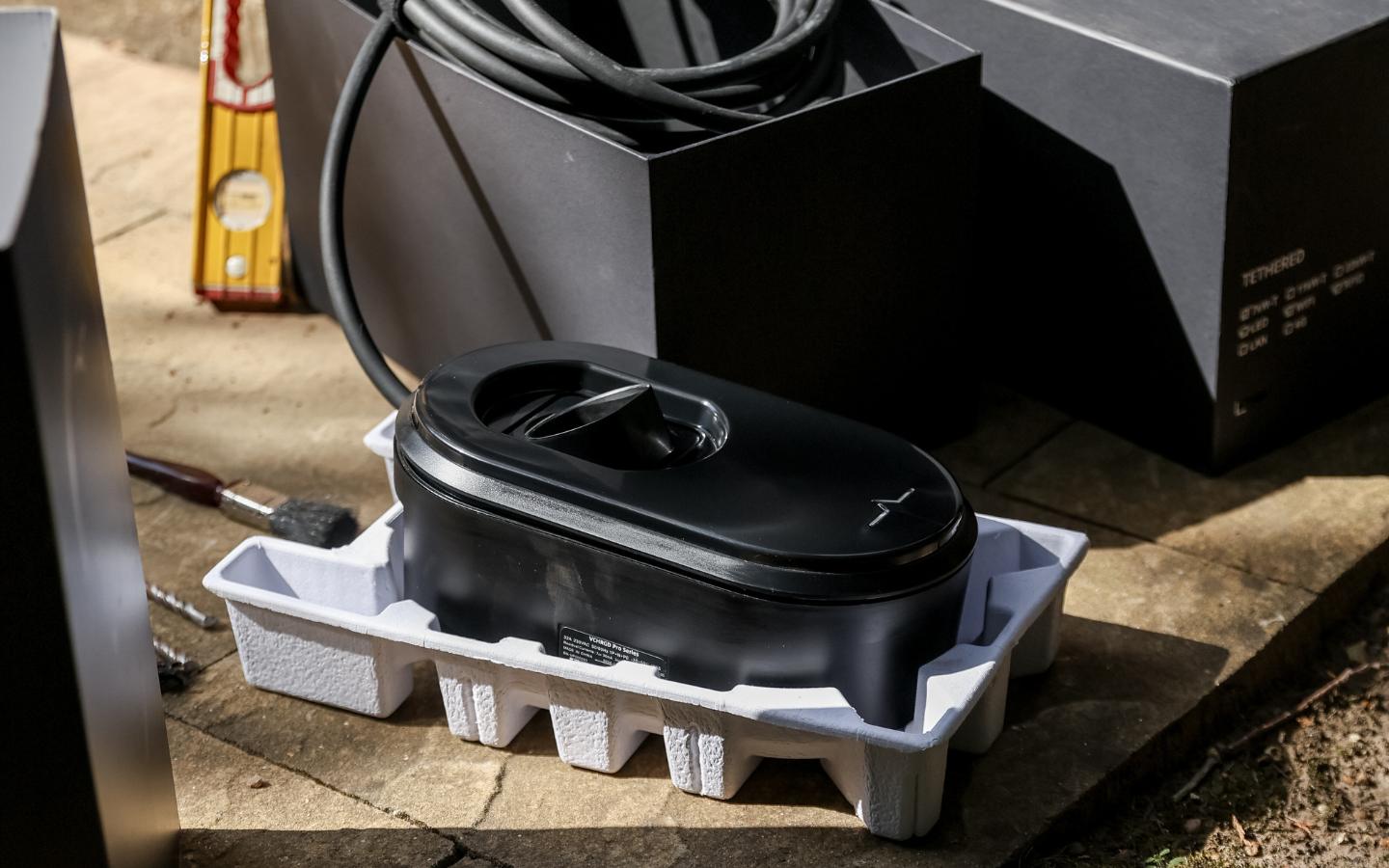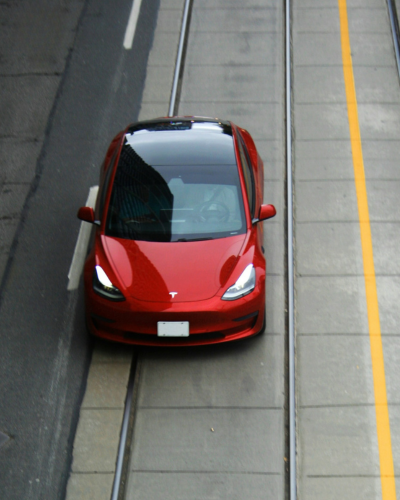

WLTP Meaning and More: A Guide to WLTP
If you’re buying a car, you want to know how far it can go. Especially an electric car, where range anxiety is rampant, and to some, every kW of electricity counts. It’s simple buying science. You want to know the details of your potential new vehicle.
But figuring out an electric vehicle’s range is more complex than you might think. Different factors affect range, from sharp braking to the sun high in the sky. So, how do you find the real-world average?
Enter the Worldwide Harmonised Light Vehicle Test Procedure (WLTP). A hand-crafted, real-world globalised test that helps discover an electric car’s range – and that’s not all.
Here, we unfold everything you need to know about WLTP, including the full meaning of WLTP, what it has to do with electric cars, and more.
What is the meaning of WLTP?
WLTP stands for Worldwide Harmonised Light Vehicle Test Procedure. A mouthful, we know. But it’s important. Introduced in September 2017, the WLTP is a lab test carried out to determine globalised figures for all vehicles, including battery electric cars, hybrids, and internal combustion engine vehicles.
What does the test look for? Overall, the WLTP helps to discover a car’s fuel consumption, CO2 emissions, and, specifically for electric vehicles, range.
The United Nations Economic Commission for Europe sets the overarching framework, while individual manufacturers carry out each test. With this in mind, while there is also a blanket global standardisation, the specifics of the test will still vary by region.
What is the NEDC, and what does it have to do with WLTP?
Before the WLTP, there was the NEDC or the New European Driving Cycle. Dating all the way back to the 1980s. Finding that this procedure wasn’t as rigorous as the WLTP, the NEDC tests were heavily criticised; it was claimed that it wasn’t a realistic way to measure, with results vastly differing from real-world experiences.
A scandal occurred, too, whereby manufacturers were cheating the emission testing. And getting away with it. For some time.
WLTP, therefore, seems to be the superior choice. And officially, the WLTP came into play in September 2018 for all new car registrations.
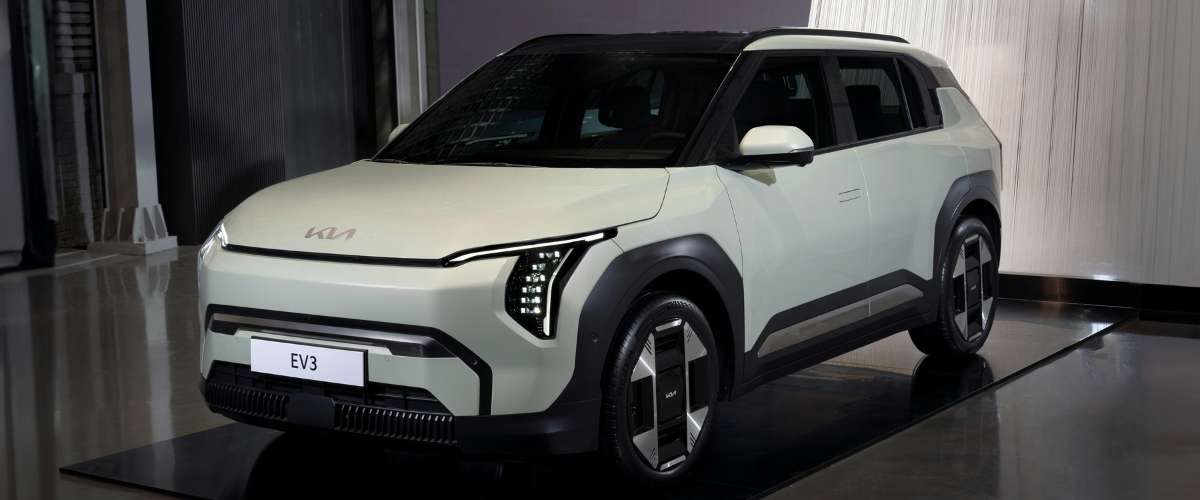
How is WLTP calculated?
The WLTP uses a blend of everyday driving styles and situations to determine the results. Roughly half an hour and covering a distance of 23 kilometres, the WLTP test cycles include testing the chosen car through a simulation of different driving conditions and situations, from urban driving and maximum speed to sharp braking and rolling resistance.
Inside the laboratory test, manufacturers set the ambient temperature at 23 degrees to offer a standardised approach.
All in all, the vehicle goes through four test cycles, each with different speeds, loads and more:
- Low – stop-start traffic
- Medium – suburban roads
- High – faster driving
- Extra High – high-speed motorway driving
What is RDE in relation to WLTP?
RDE, or The Real Driving Emissions Test, is undertaken alongside the WLTP test.
Cars need to be below the NOx emission limit of 0.080g/km, and the RDE was created to check this, testing a vehicle’s NOx emissions.
Which electric cars are WLTP tested?
All new EVs sold in the UK and the European Union go through WLTP testing, so buyers have an estimated range to hand. Here are a handful of electric vehicles and their WLTP.
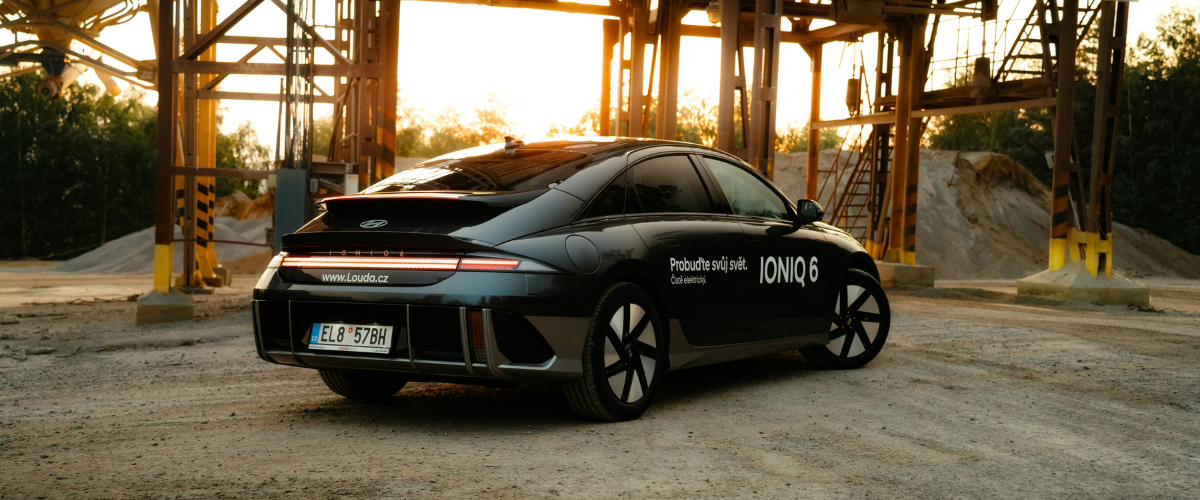
How accurate is the WLTP range?
Overall, the WLTP is more accurate than the previous process, the NEDC. But it still takes place in a lab and not in the wild.
Plus, it doesn’t include every scenario. What do we mean by this? Different factors impact driving – weather, speed, the extent of traffic, acceleration, and hilly routes. You get the gist.
To put this into practice, Porsche states that the maximum WLTP range is 421 miles. Yet, during the winter, with the heated seats up, music on, and zooming on the highway, it may only reach 225 miles, according to the EV database. So, take these numbers with a pinch of salt.
Still, it’s more helpful than the previous tests and gives buyers an indication of a car’s range. And, there are easy ways to maximise range that slip into your everyday life. Even more specific, we have tips and tricks for frosty mornings and sunny trips.
Summary:
- WLTP meaning – Worldwide Harmonised Light Vehicle Test Procedure. Introduced in September 2017, enforced for all new car registrations from September 2018. Replaced the outdated NEDC (New European Driving Cycle) from the 1980s, which was less accurate and vulnerable to manipulation.
- Purpose of WLTP: Measures fuel consumption, CO2 emissions, and range (for EVs and hybrids) offers more realistic data compared to previous testing methods.
- What does WTLP mean in electric cars? The WTLP test finds out an average electric car range.
- Test structure: Conducted over 30 minutes, covering 23 km, simulates real-world driving using four test cycles.
- While coordinated by the United Nations Economic Commission for Europe, individual manufacturers perform the tests.
- Bottom line: WLTP offers a better approximation of real-world range than previous standards. Consumers should still treat WLTP figures as guidelines, not guarantees. Simple habits (like careful driving and reduced energy usage) can extend real-world range.

Already invested in an EV? Save your money. Save your battery. Invest in an EV charger.
Get complete peace of mind with We Power Your Car’s comprehensive EV chargers and EV charger installation. Nationwide coverage. Trusted, accredited, experienced EV charger installers. Rated ‘Excellent’ on Trustpilot. And that’s just a snapshot.
Whether you need a home, workplace or commercial EV charging solution – we have them all, bespoke and end-to-end. And that includes DNO notification.
Browse our wide range of the best electric vehicle chargers, get your free EV charger quote, or contact us with any questions you may have.
